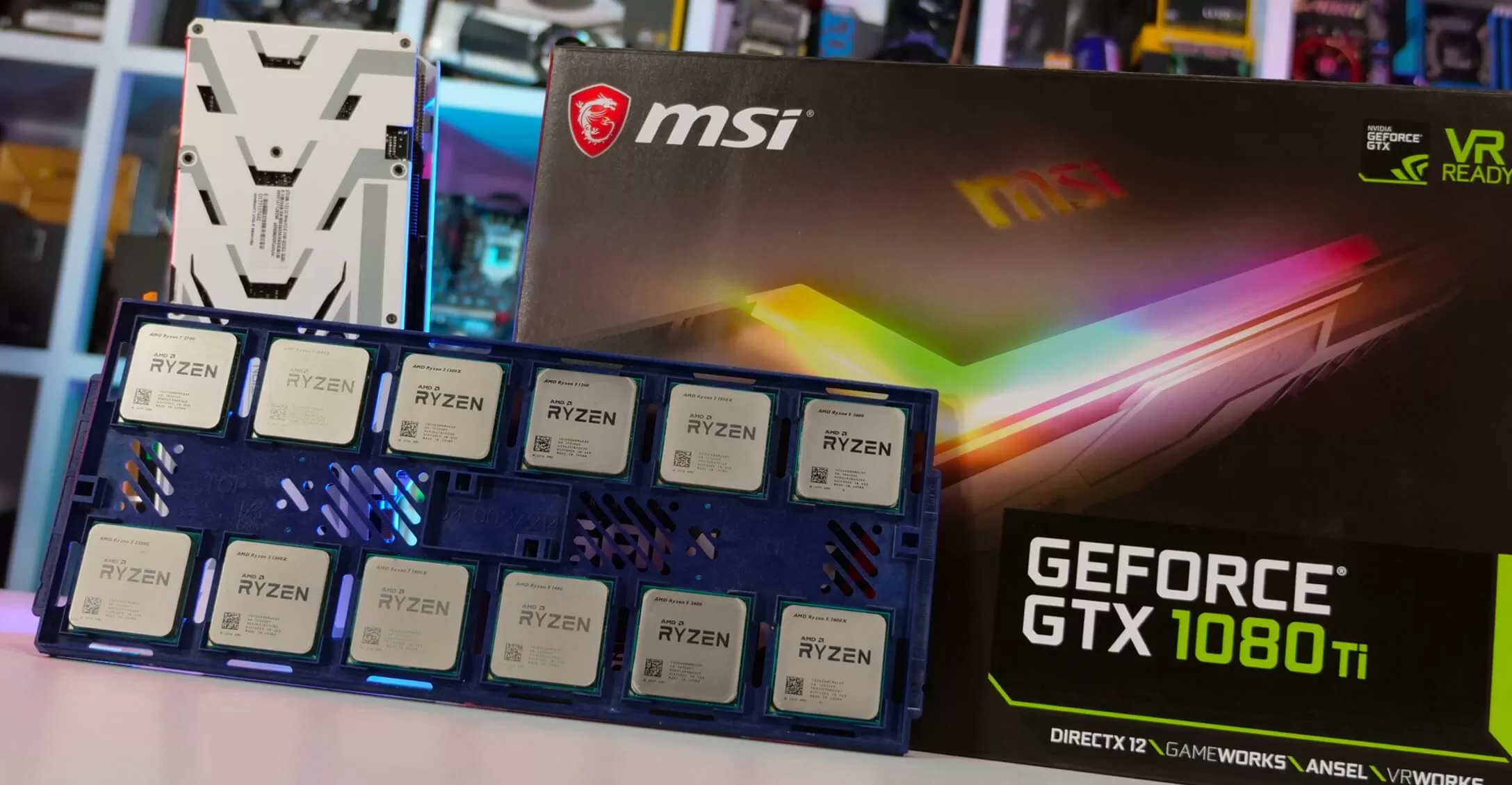

The AnandTech benchmark pages have a range of results for different types of hardware, including SSDs, graphic cards, laptops, tablets and CPU coolers in addition to CPUs. The list of available CPUs doesn’t include some of the latest from Intel or AMD.ĪnandTech is a well known and respected hardware news and review site that’s been around since the 1990’s.
CPU BENCHMARK TEST FULL
Clicking the CPU model in the results will take you to the full information page, or the orange question mark to the right gives a brief detail popup window.

These are changed from the drop down and include results for 3DMark, 7-Zip, Cinebench, FLAC encode, H264 encode, Crystalmark, PCMark, WinRAR, Sandra, Superpi and wPrime. The results page will give a number of different scores based on the selected test. Once all required CPUs are added to the list press Show Benchmark Chart. Clicking an Add to selected button to the right will add the individual chip to the list or the whole range from the family or socket type. Further down you can choose a specific processor by it’s model name or part name. The desktop CPU benchmarks page allows you to see the scores for a single processor, compare two or more, or even a whole range of chips with a few clicks.Īfter selecting the Manufacturer from the drop down, you can either choose the family type (Celeron/Core i7 etc) or the socket type (939/1155/775 etc). If you want to get technical specifications of just about any processor going back decades, then CPU World is the place to visit. Clicking on the model name in the main list will take you to the more visually appealing High, Mid and Low charts with the selected CPU highlighted in red. The comparison page will show some basic information for each processor selected along with the Passmark Performance Test score in the top graph and the relative value of each CPU based on its price and performance at the bottom. Then click the Compare button in the box to the right once you have up to three.

Simply look for the CPU in the list or type part of the model name into the search box, hover over its entry in the list and click Compare. The Model List is also the page which allows direct comparison of up to three different processors. The Mega List is useful to sort by socket type or get quick details about clock speed while the searchable Model List is a complete list of all CPU scores where you can easily sort by rank, score, value or alphabetical order. There’s also other charts for graphics cards, hard drives, RAM and mobile devices. Scores are based on their own Performance Test suite and there are several charts based on high/mid/low end, value, single threads, socket types and power performance. Here we have 5 websites that list CPU benchmark results and allow direct like for like comparisons between processorsīesides the Futuremark suites, Passmark is probably the other most notable benchmarking software. That causes a problem because it becomes harder to find the right CPU which offers the best value or performance you are looking for.Ī simple solution is to use a website that lists processor performance and allows you to compare directly between different chips, such as your current and another CPU, so it’s much easier to see what sort of a gains you could get. The trouble with buying or researching a CPU is there are hundreds on sale at any one time from the likes of Intel and AMD, and thousands have been released over the last few decades.
CPU BENCHMARK TEST WINDOWS
Many games would run faster, video and audio encoding would take less time, Windows would generally work faster and resource intensive tasks would be completed at a quicker pace. As the processor is the central brain of a computer, it makes sense that an upgraded CPU would help improve performance across the board. There are many pieces of hardware that can improve the performance of a computer, such as an SSD, more or faster memory, or the CPU (Central Processing Unit).
CPU BENCHMARK TEST UPGRADE
Everybody would like their PC or laptop to be faster and the obvious solution would be to go out and purchase a new machine or upgrade the components in the computer you currently own.


 0 kommentar(er)
0 kommentar(er)
